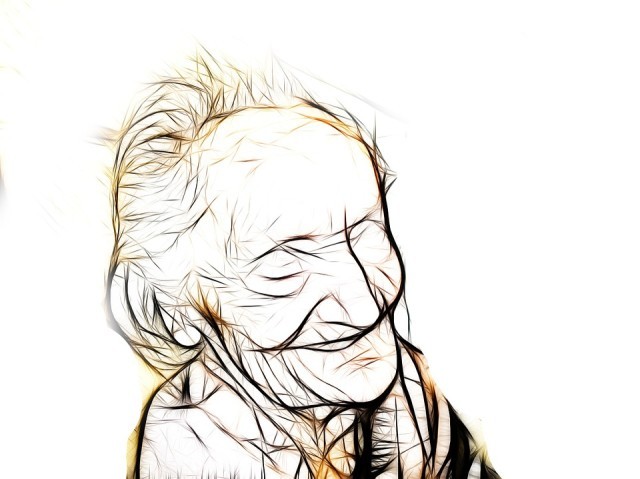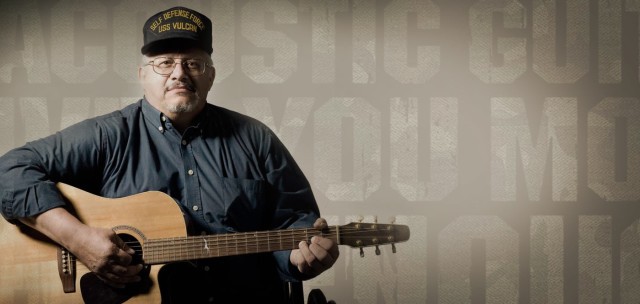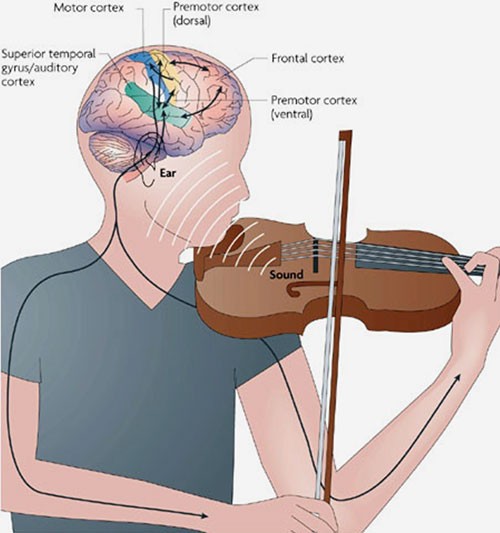Music Helps Control Blood Pressure and Heart-Related Disorders

Listening and Playing Music Helps Treat Stress and Depression
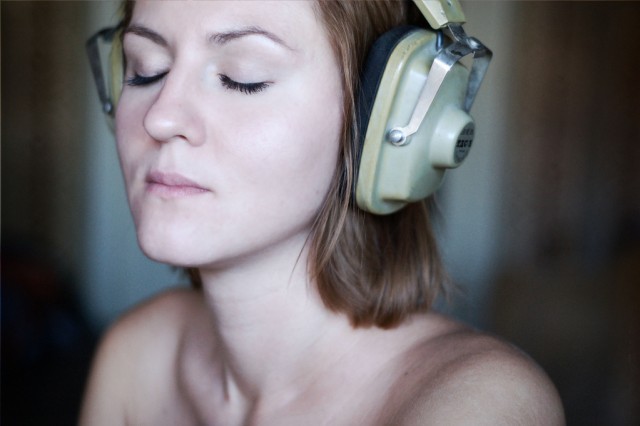
It’s not only listening to music that has a positive effect on stress and depression. The Namm Foundation has compiled a comprehensive list of benefits of playing music, which includes reducing stress on both the emotional level and the molecular level. Additionally, studies have shown that adults who play music produce higher levels of Human Growth Hormone (HgH), which according to Web MD, is a necessary hormone for regulating body composition, body fluids, muscle and bone growth, sugar and fat metabolism, and possibly heart function.
For more on how music can be composed to benefit the brain, read about States of Consciousness and Brainwave Entrainment.
Music
therapy has worked wonders on patients suffering from Alzheimer’s
disease. With Alzheimer’s, people lose their capacity to have
interactions and carry on with interactive communications. According to
studies done in partnership with the Alzheimer’s Foundation of America,
“When used appropriately, music can shift mood, manage stress-induced
agitation, stimulate positive interactions, facilitate cognitive
function, and coordinate motor movements.”
Early
exposure to music increases the plasticity of brain helping to motivate
the human brain’s capacity in such a way that it responds readily to
learning, changing and growing. “UCLA professor James S. Catterall analyzed the academic achievement
of 6,500 low-income students. He found that, by the time these students
were in the 10th grade, 41.4% of those who had taken arts courses
scored in the top half on standardized tests, contrasted with only 25%
of those who had minimal arts experience. The arts students also were
better readers and watched less television.” This goes to show that in
the formative stages of life, kids who study music do much better in
school.
The U.S. Department of Veterans Affairs
shared a study in which veterans experiencing Post Traumatic Stress
Disorder (PTSD) experienced relief by learning to play guitar. The
organization responsible for providing guitars, Guitars For Vets
“enhances the lives of ailing and injured military Veterans by
providing them free guitars and music instruction.” Playing music for
recovery from PTSD resembles traditional music therapy, in which
patients are encouraged to make music as part of their healing process.
Guitar is not the only instrument that can help PTSD. In fact, Operation We Are Here has an extensive list of Therapeutic Music Opportunities For Military Veterans.
A research-based study undertaken at the University of Liverpool
in the field of neuroscience has light to shed on the beneficial
effects of early exposure to music. According to the findings, even half
an hour of musical training is sufficient to increase the flow of blood
in the brain’s left hemisphere, resulting in higher levels of early
childhood development.
The Portland Chamber Orchestra shares, “Playing a musical instrument involves multiple components of the central (brain and spinal cord) and peripheral (nerves outside the brain and spinal cord) nervous systems. As a musician plays an instrument, motor systems in the brain control both gross and fine movements needed to produce sound. The sound is processed by auditory circuitry, which in turn can adjust signaling by the motor control centers. In addition, sensory information from the fingers, hands and arms is sent to the brain for processing. If the musician is reading music, visual information is sent to the brain for processing and interpreting commands for the motor centers. And of course, the brain processes emotional responses to the music as well!”
Journal Psychology of Music
reports that “Children exposed to a multi-year program of music tuition
involving training in increasingly complex rhythmic, tonal, and
practical skills display superior cognitive performance in reading
skills compared with their non-musically trained peers.” In the
initial stages of learning and development, music arouses auditory,
emotional, cognitive and visual responses in a child. Music also aids a
child’s kinesthetic development. According to the research-supported
evidence, a song facilitates language learning far more effectively than
speech.
According to The Center for Cardiovascular Disease in China,
listening to music before and during sleep greatly aids people who
suffer from chronic sleep disorders. This “music-assisted relaxation”
can be used to treat both acute and chronic sleep disorders which
include everything from stress and anxiety to insomnia.
Playing Didgeridoo Helps Treat Sleep Apnea
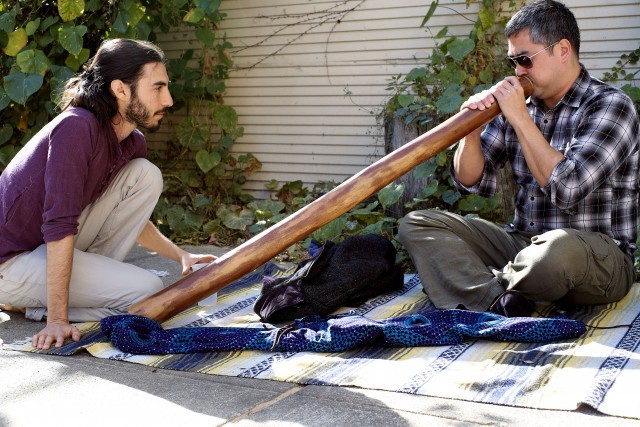
A study published in the British Medical Journal shows that people suffering from sleep apnea can find relief by practicing the Australian wind-instrument known as the didgeridoo. Patients who played the didgeridoo for an average of 30-minutes per day, 6 days per week, saw significant increases in their quality of sleep and decreases in daytime tiredness after a minimum period of 3-months of practice. Dr. Jordan Stern of BlueSleep says, “The treatment of sleep apnea is quite challenging because there is not a single treatment that works well for every patient. The didgeridoo has been used to treat sleep apnea and it has been shown to be effective in part because of strengthening of the pharyngeal muscles, which means the muscles of the throat, as well as the muscles of the tongue.”
Read more

